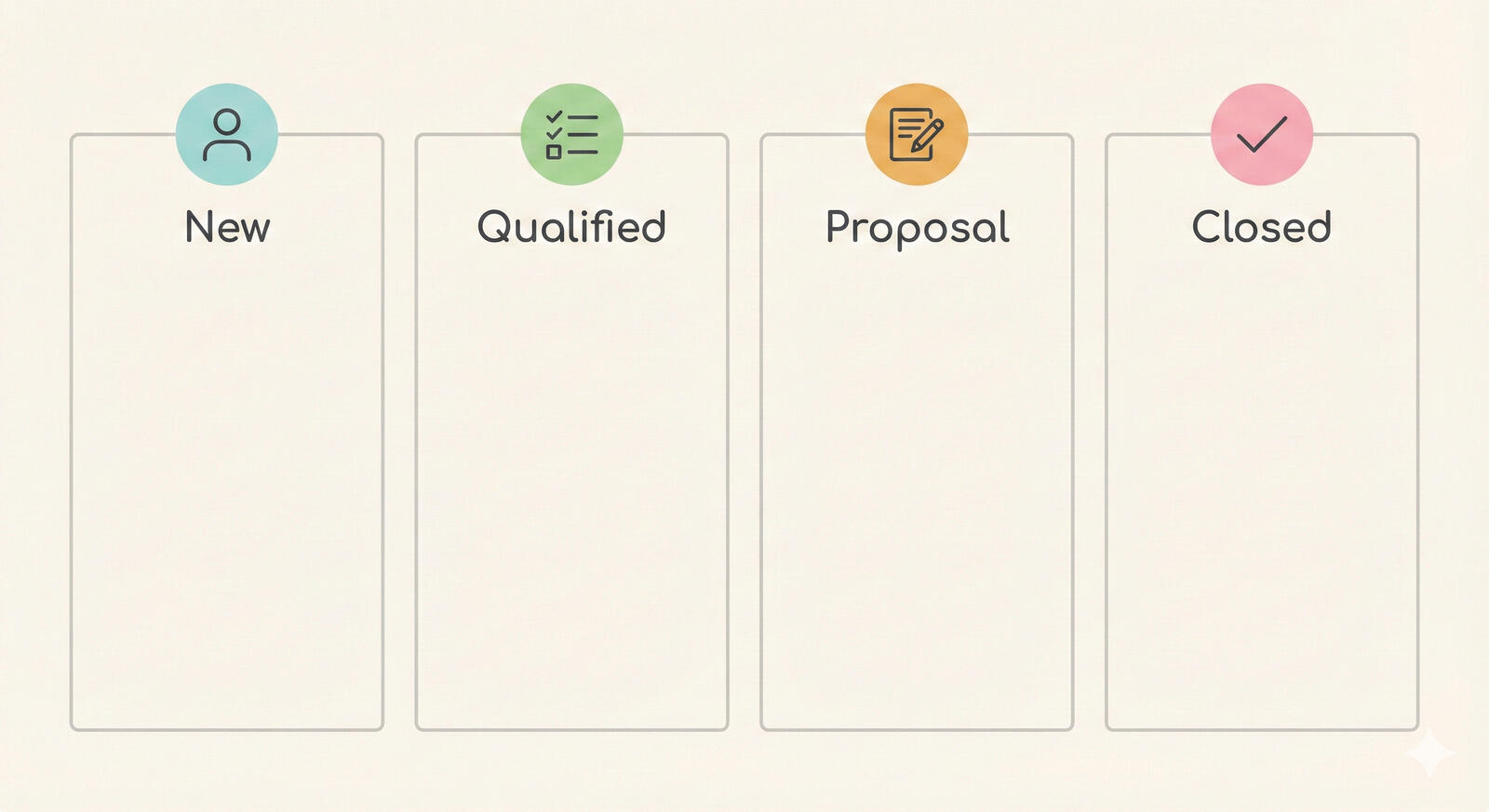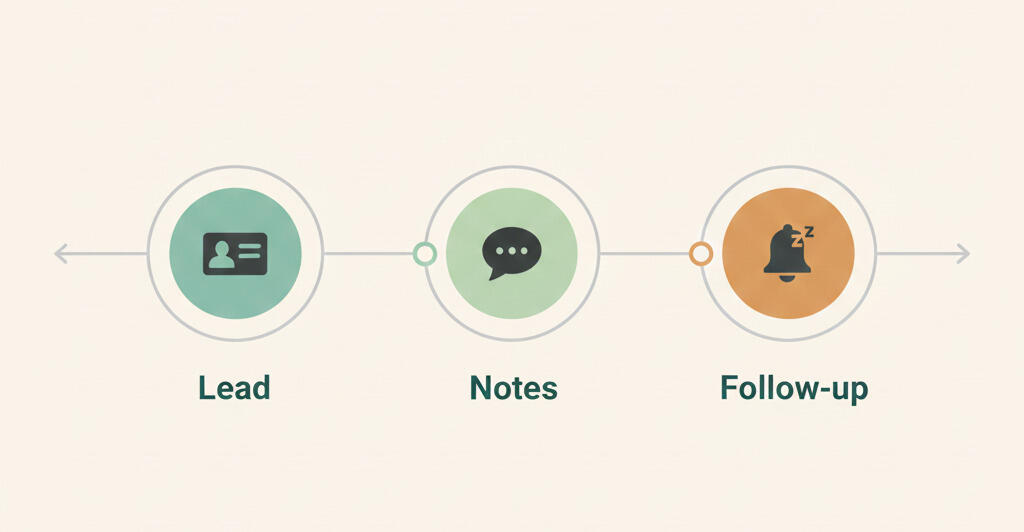SMART Goals vs. OKRs - which one to use?
Effective goal-setting is the bedrock of all successful organizations. Goals give all employees a sense of purpose, direction, and, most importantly, a reason to do what they do. OKRs and SMART goals are two of the most commonly used goal-setting tools in organizations. The two are often seen as similar, but there are significant differences between them. We'll define each, look at their similarities and differences, and when to use each framework in your organization.

What are SMART goals?
The SMART goal-setting criterion is a popular framework that’s widely adopted across organizations. It is attributed to Peter Drucker's framework on Management by Objectives. It is a simple structure designed for the effective creation and tracking of goals. The acronym stands for:
- S - Specific
- M - Measurable
- A - Achievable
- R - Relevant
- T - Time-bound
All the acronyms represent a quality your goal must have if you want to complete it within a reasonable amount of time.
What are OKRs?
The OKR goal management framework is another popular approach to goal-setting, invented by Andrew Grove and later popularized by Google. OKR stands for Objectives and Key Results, an effective management tool that helps organization leaders take their company from point A to point B.
The OKR framework is a powerful goal-setting tool that enables employees to set measurable goals and track their outcomes. Objectives are what an individual, team, or organization aims to accomplish. They are clearly defined, tangible, and action-oriented goals. Key results are measurable and provable outcomes that confirm when and how the set objectives will be met.
How are SMART Goals and OKRs similar?

The two frameworks have a couple of similarities. For one, both emphasize the importance of setting goals for any organization. The two goal-setting tools focus on goals as the main element of success for any business, which is why they define the process to ensure effectiveness and efficiency. Each framework is enabled by a clear plan to achieve specific results within a stipulated time.
The aim of using both the OKRs and SMART goals frameworks is to remove vagueness from the goal-setting process. Each tool focuses on measuring success based on the outcomes of the process, not just the number of completed activities.
It is easy for management to set vague goals like "increase revenue growth" or "lower customer acquisition cost", but the OKR and SMART frameworks help them to define exactly what they are going to do to reach their target, how much time it will take, and how they will measure the success of their efforts. This helps to improve accountability and reduce the wastage of resources.
Both goal-setting tools can be easily applied to any organization or department. The structures are flexible enough to be used in any goal-setting process. All organizations in all industries stand to benefit from goal-setting, and the OKR and SMART goal approaches can be applied anywhere. They are just as effective for a tech startup company as they are for an educational institution.
Another similarity between SMART goals and OKRs lies in their informality, in that they are open source and do not have a governing body or commercial certification requirements. While some frameworks like SCRUM and EFQM are rooted in government, academia, and other professional organizations, the OKR and SMART frameworks were created over time and refined by several organizations. Creating these frameworks was a collaborative effort that included testing and constantly making changes for improvement.
What are the differences wetween SMART goals and OKRs?

At a glance, OKRs and SMART goals appear similar. After all, both frameworks guide setting measurable, time-bound, and achievable goals. A closer look will, however, show some significant differences between the two.
SMART goals often work in isolation, while OKRs can be applied organization-wide. The SMART framework looks at goals in isolation and proposes a simple acronym and criteria that can be used in their structure. The framework defines the HOW of goal-setting and describes the qualities that isolated goals need to have. OKR provides a structure as well, but it draws a distinct line between WHAT needs to be achieved (the objective) and the ways to measure the progress towards achieving it (key results).
There is a lot of malleability in the SMART goals framework. There are different interpretations of SMART, depending on the individual or team using the structure. For instance, the 'M' in SMART can be used to represent Motivational or Meaningful, instead of Measurable. Replacing the meaning of the acronyms in the SMART model impacts the focus of the goal. There is a lot of freedom and flexibility when working with the SMART goals framework. OKR, on the other hand, always stands for Objectives and Key Results, and the model's focus is always on setting objectives and achieving key results. OKR's focus remains constant on setting specific goals and their effective measurement.
OKR also differs from the SMART model in that it doesn't treat goals in isolation. The objectives and key results are created in a framework that clearly describes their relationship to the organization's hierarchy and to organizational timeframes. The hierarchy is as follows:
- The ultimate OKR: Goals that combine the company's vision and mission. This long-term goal typically runs for five, 10, or even more years and is at the top of the OKR hierarchy.
- Company OKRs: Company strategy is translated into three to five goals that the entire organization should work towards. This is the second level of the OKR framework and typically runs for a year. Company OKRs are vital to the alignment of efforts across the entire organization, as they set a clear focus for the employees and provide a reference point for Group OKRs.
- Group OKRs: These run on a quarterly timescale and reflect the specific tactics departments or teams employ to drive progress towards the Company and Ultimate OKRs.
OKR provides a sophisticated level of organization when compared to the SMART model. The SMART framework only looks at the formation of individual goals, but OKR defines the relationship between the various objectives across the entire organization.
The SMART and OKR frameworks are both effective goal-setting tools that drive organizational success, but each framework is appropriate for specific situations or circumstances due to their differences.
When to Use OKRs vs. SMART goals

The OKR model comes with a lot of resources on how the system can improve an organization. Many companies use OKRs because it is a strategy that aligns the entire organization's goals. The SMART goals framework, on the contrary, is more of a rule-of-thumb than a specific approach. As such, for simple, quick, easy goals, the SMART model works just fine. If you want to take goal-setting to the next level, consider using the OKRs framework. The following are some specific instances and the most appropriate model for each:
When the Destination is Clear: Use OKRs
If you have a specific destination you would like to arrive at within a given timeline, the OKR model provides a systematic roadmap. It guides every step of the process and measures that will show you your progress along the way so you can make changes and adjustments as needed.
When Developing Long-term Goals: Use OKRs
The OKR framework is more beneficial to an individual or organization developing long-term goals. The model is more detailed and allows for the setting and tracking of long-term goals. By drawing from top-level strategic objectives, teams and groups can contribute to setting long-term targets.
When Providing Direction for Repeated Processes and Behavior: Use SMART goals
For organizations like fast food operators that require top-down directions to guide effective and efficient processes and behaviors, the SMART model can be applied when developing these measures.
When Setting Short-term Goals: Use SMART goals
The SMART goals framework is suitable when developing short-term goals that do not necessarily have to be aligned with the entire organization. The model helps teams and individuals set and track short-term goals for maximum efficiency and effectiveness.
When Setting Multi-metric Goals: Use OKRs
Each key result in the OKR framework draws on a different measure of success. As such, every single objective has multiple metrics for defining success. Some targets will be single-metric and others multi-metric, depending on whether you want to highlight specific accomplishments along the way or define success based on the entire OKR package.
When Setting Goals that Will Evolve: Use OKRs
If the goals you've set for the organization will evolve along the way, OKRs offer greater flexibility. Regular review of the goals enables you to monitor progress and make the necessary changes to shift or drop some key results. The steady cadence of setting and reviewing goals makes it possible to have strategic conversations about what's happening in the environment.
Final thought on SMART goals vs. OKRs
Establishing objectives and developing action plans for their achievement are critical to the growth and success of any organization. The OKR and SMART goals framework can guide the goal-setting process and bring business value to help teams and companies grow and evolve.
Manage your OKRs and SMART goals using Breeze

Project management tools make it easier to track and manage organizational goals. Breeze gives you a clear overview of the progress toward achieving your goals, and allows you to analyze the process and make changes conveniently as often as needed. Take the hassle out of project management by getting started with Breeze today!








